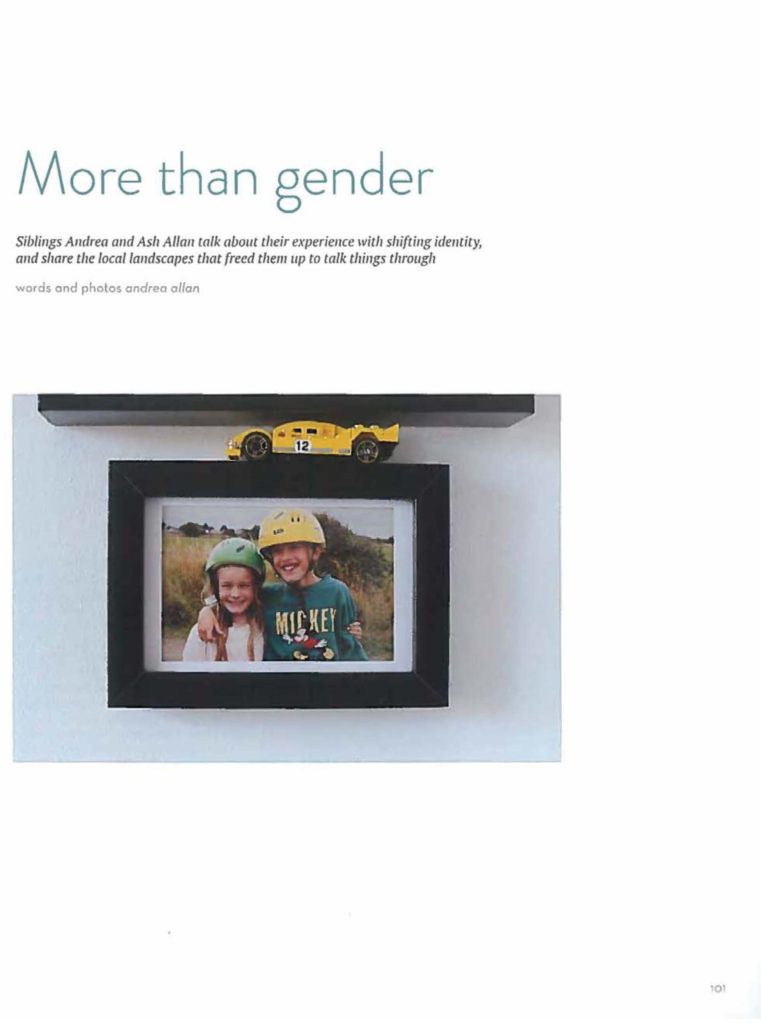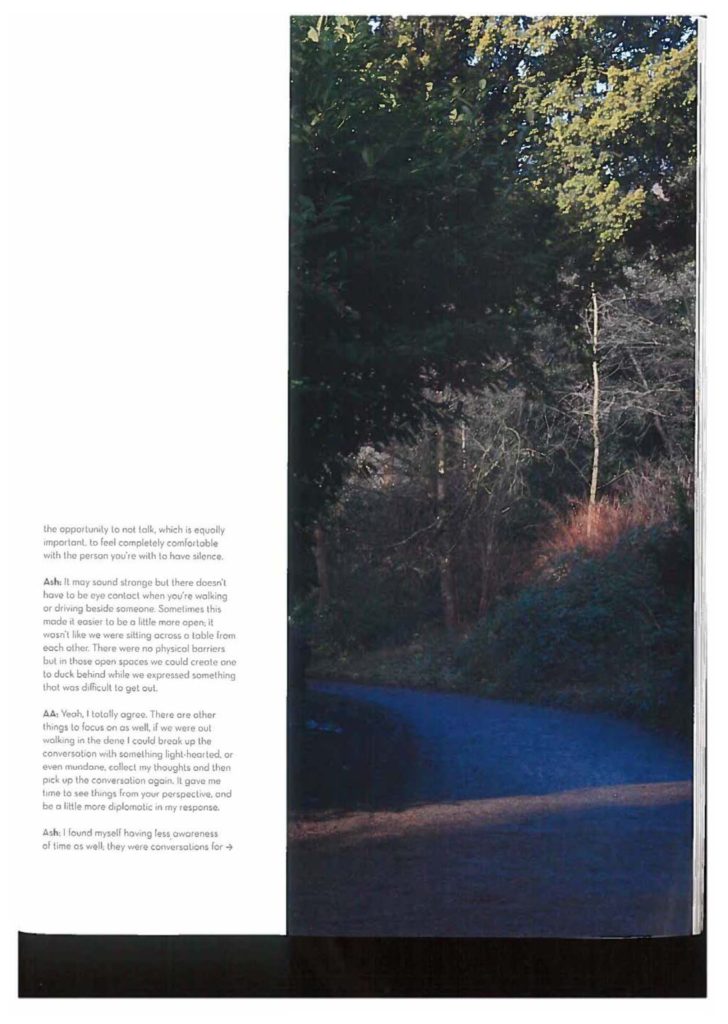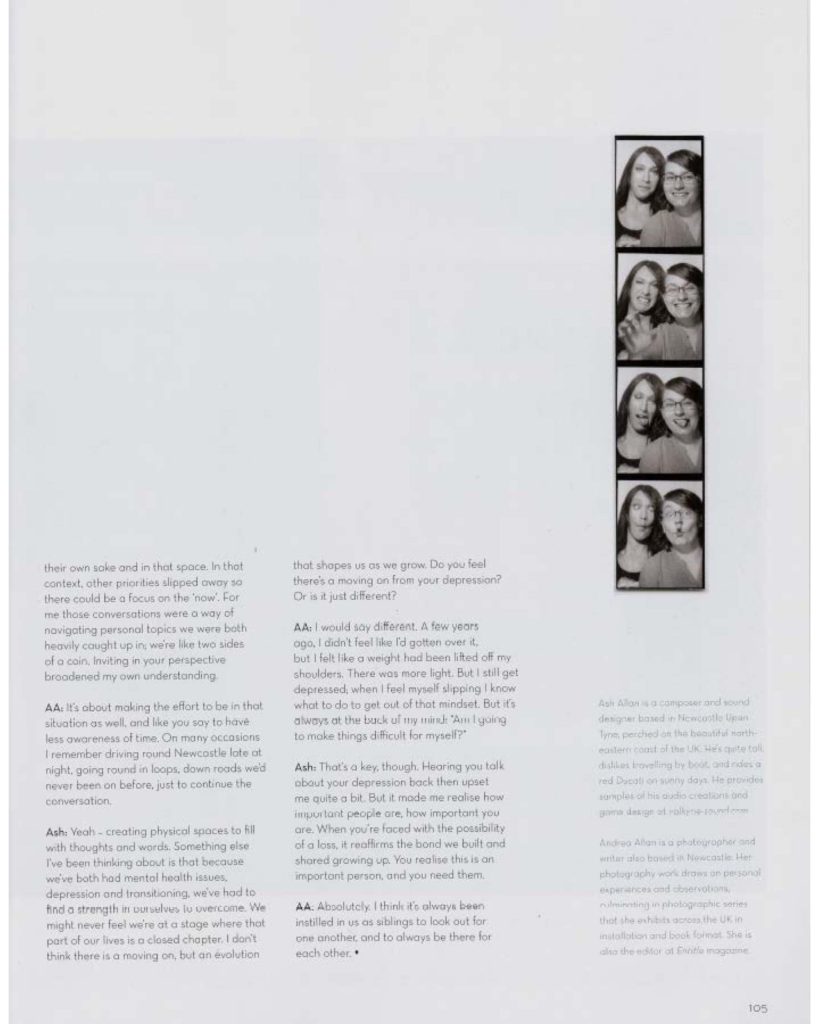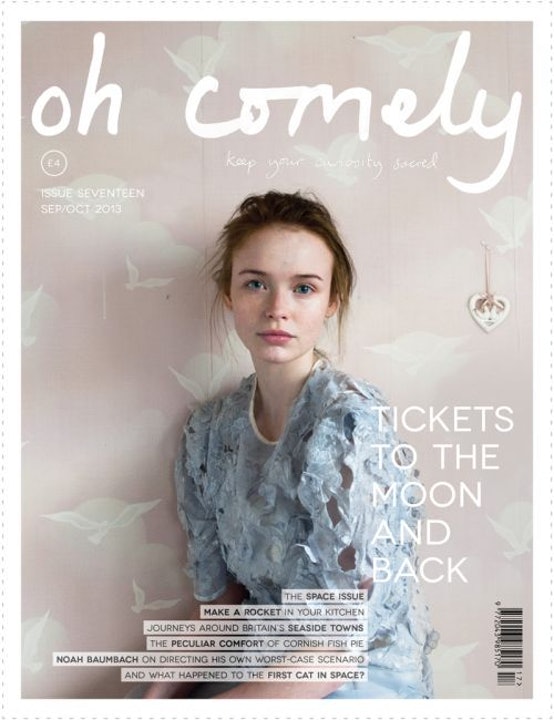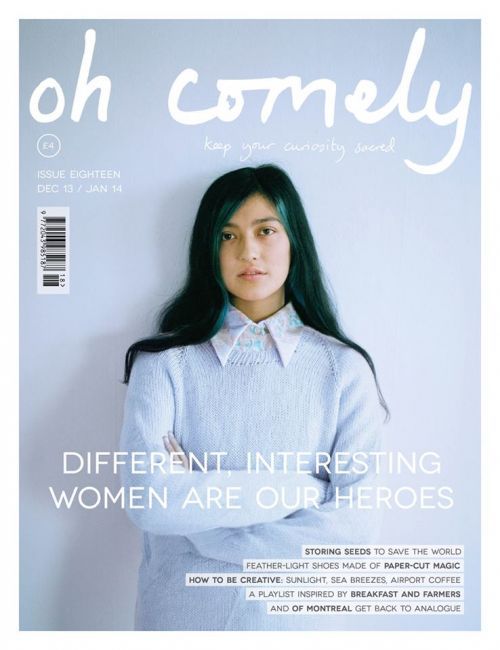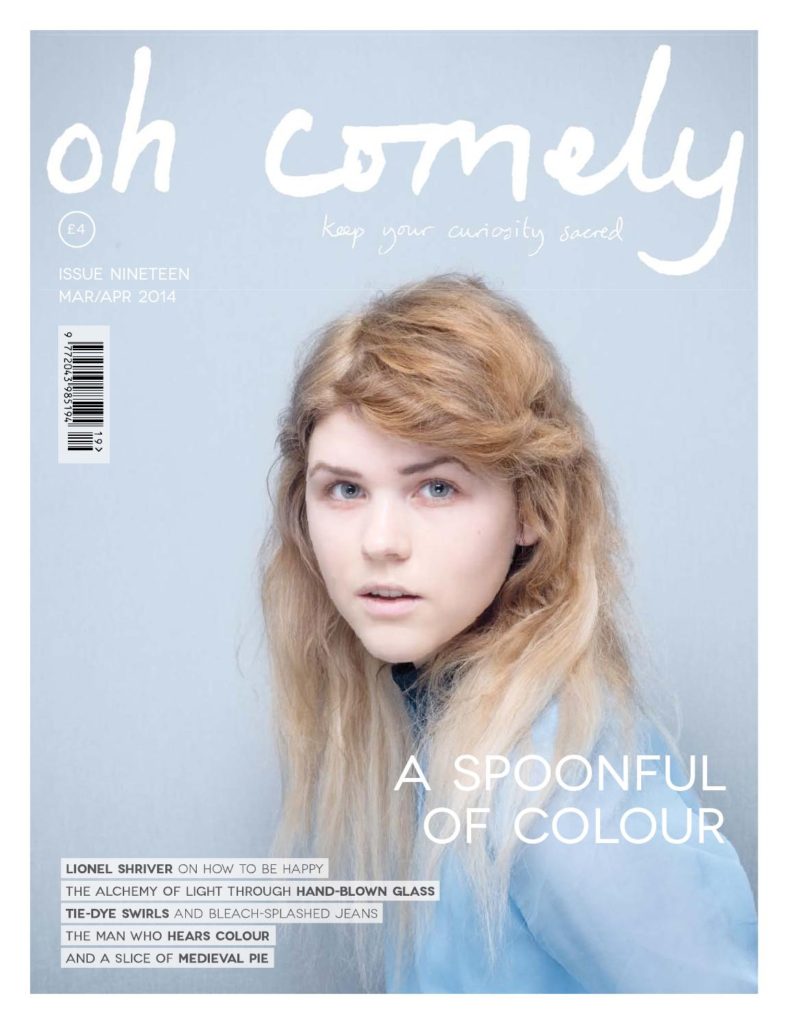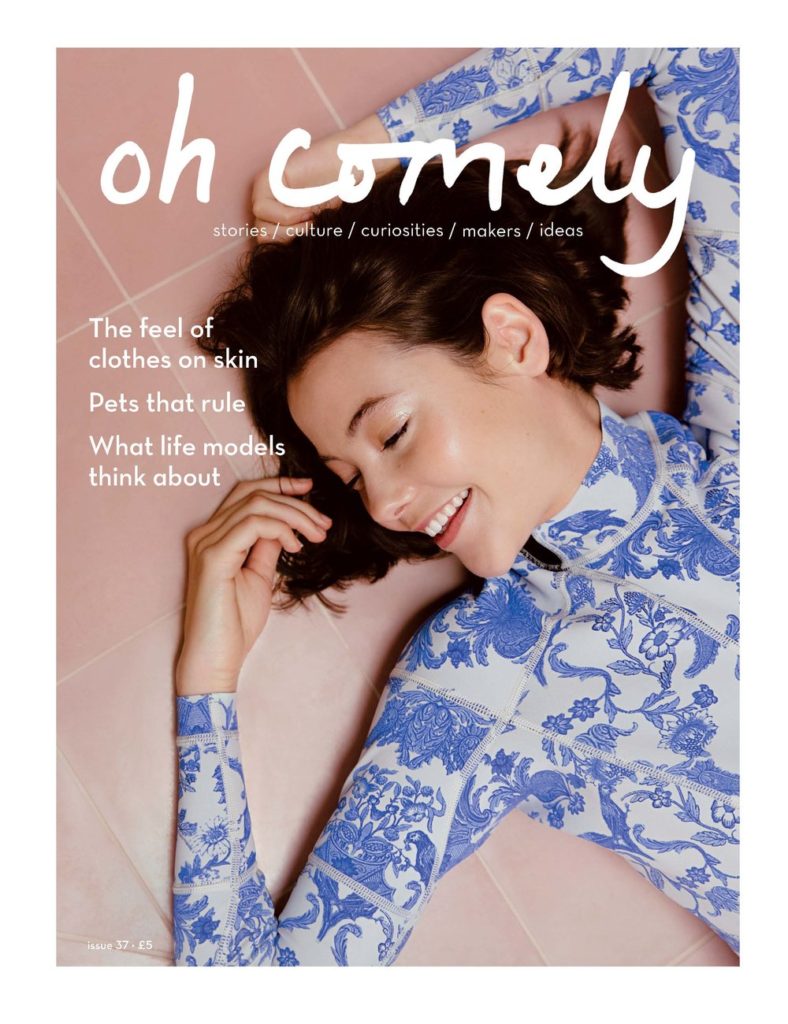Media
products often challenge the social and cultural contexts in which they are created.
To what extent does an analysis of the close study products Ghost town and the Letter to the Free support this view.
In some ways, social, historical and cultural contexts
are important, as it not only connects to media studies, it allows society to grasp
a better understanding of postcolonialism, and how races are constructed as
different, opposite or other. Looking at Commons Letter to the Free, which is a
song wrote as a soundtrack to the 13th, a documentary by Ava DuVernay,
named after the American 13th amendment, which was the abolition of
slavery. The song implies how black people are seen different to others. This
is evident through his lyrics, “we aint seen as humans”, suggesting that society
see Black people as different, not even human beings. Furthermore, the lyric “will
the U.S ever be with us” constructs an ideology of U.S almost seeing them as opposites
and choose to stand against them.
The theorist J. McDougall analyses the notion of “fake
news and media Studies”. In his book, he states “I do spend long periods of time with my gaze turned away from the
media, because I’m seeking to understand what’s going on out there, and then
the role of the media in that context. I’m always putting the social, the
political and the economic (contexts) first.”
If we look at War of the Worlds, it is a science fiction novel, where aliens invade, and the story is told through the narrative’s diary. The conventions of news reports were used for dramatic realism, to create suspend disbelief for the audience. The reason why it is important not just to focus on the media/not just to focus on society, is the notion of “interpellation”, meaning society can eventually make us into a certain person. The theorist Louis Althusser talks about the ISA’s and the idea of interpellation (ideology state apparatus). They construct an idea, that is connected to the state, in a way of which individuals are interpellated into society. The way in which your subject identity is formed and which, more often than not, corresponds to the dominant ideology. Linking this the War of the Worlds, we can say that the audience listened into the media (radio broadcasters, who were potentially controlled what to say by the “ISA”) and they were educated about what happened. Due to the suspend disbelief, the majority of the audience were interpellated into the “fake news”. McDougall’s claims that “I do spend long periods of time with my gaze turned away from the media, because I’m seeking to understand what’s going on out there, and then the role of the media in that context. I’m always putting the social, the political and the economic (contexts) first.” So, it is important to acknowledge not only the media, but also society, as they are interdependent and allow us to have better understanding of the realism of the world. Furthermore, we can link the theory of interpellation to Roger Ailes and Fox News. Roger Ailes was an American executive and media consultant, and the chairman/CEO of Fox News, allowing him to be In control of the company, by what information their address on the media. He and Donald Trump could be described as gate keepers, as they filter out the information, they want the public to hear. They are people who exert power, making them have the ability to construct an idea, where individuals are interpellated into society.
Music videos are a great source of media to address information about
the society. If we look at The Ghost Town by The Specials, it educates the audience
about the economic depression and lack of employment in London. It involves hybridization,
as two genres of music merge together: reggae and ska. Alternatively, Commons Letter
to the Free, with its hip-hop rap style, it sends the audience a message that black
lives matter, as it talks about ending slavery and generating equal rights for
everyone.
The similar between these two music videos, is that it gives awareness of the current situations that took place in those eras. This is where post colonialism links in, as it creates the emergence of critical thinking. The arguments around post-colonialism critical thought “constituted a fundamentally important political act” (MacLeod). Theorist Edward Siad, developed orientalism, where he states that the power to narrate, or to block other narratives from forming or emerging, is very important to culture and imperialism. Linking to Letter to the Free, which was made in 2016, the power of its narrative aided and encouraged the Protests for Black Lives Matter in 2020. In his book “orientalism”, Edward Siad points out the “the Orient has helped to define Europe”. So, we could say that music videos i,e Letter to the Free, has helped define society, through protests, to make the world a better place.
To understand the term “other” in “the orient in other”, Jacques Lacan, a French philosopher, developed the mirror stage of child development, which points out that we cannot actually see ourselves as whole, we use a reflection to understand who we are and who we are not. Lacan’s theory of the mirror stage talks about when we first see each other, that’s when the recognition occurs. So, applying this theory to media studies, communications and culture, the reason why we consume the media so much, is to not only identify and understand the “other”, but explore ourselves. Linking to the music video Letter to the Free it allows audience/society, to reflect on themselves and think how they are as a person – are they discriminating the black? Society consume media and reflects on themselves. As it allows them to understand society and culture, it gives them the opportunity to make a change, such as joining protests to try and get rid of poor equality.
Paul Gilroy believes that we have a double consciousness, which is the internal conflict experienced by a group of dominant people in an oppressive society. The theme of double consciousness was developed from W.E.B Dubois. In his book “Black Atlantic” he talks about stiving to be both European and Black. However, the 13th amendment suggests that black people are only seen as lawbreakers who are not even classed as human. As a way to push past this ideology, Letter to the Free is a song black people calling out to the ones who are free, to tell them that slavery should end. They will not be subjected as objects who work and make money for America. If we continue with this type of media being sent out to society (about how slavery needs to stop) the community will eventually agree with it, and prevent itself from happen in any way possible, such as protests. This would occur through the use of George Gerbner’s theory of cultivation, where exposure to media over time, eventually cultivates the viewers perceptions of reality.
Music videos can have the ability to change our understanding of cultures. Gramsci, is a theorist who came up with the idea of hegemony, meaning the dominance of certain aspects of life and thought by the penetration of a dominant culture and its values into social life. So, as a whole, hegemony serves as a crucial shaper of culture, values and ideology of society, which is constructed through the use of music videos and other platforms. If we link hegemony to Letter to the Free, it is clear that there is a struggle with hegemony, due to the lack of equality and negotiation black people have.
In conclusion, Letter to the Free and Ghost
Town can be applied to the concept of post colonialism. Furthermore, it is understandable
that media, such as music videos can influence and be influenced by society and
culture. This is evident through Letter to the free, as they talk about how hegemony
is a struggle, as there’s a lack of equality. Also, Ghost town aims to bring
awareness of the employment rates and violence that occurred through the UK, specifically
East London. Overall, music videos can change cultures and show the struggles
they are facing/have faced.









